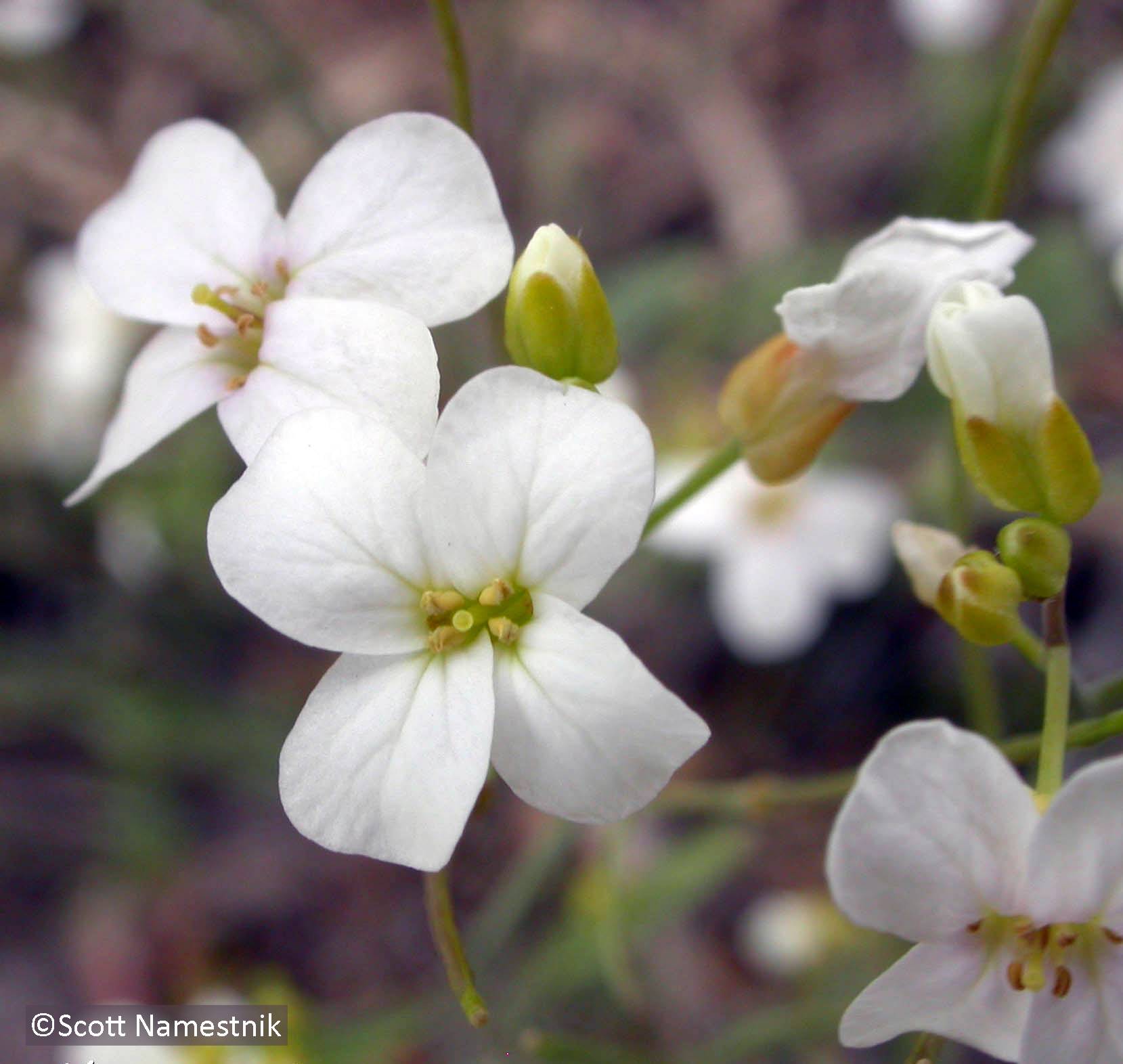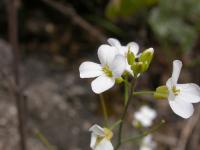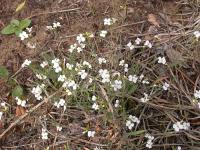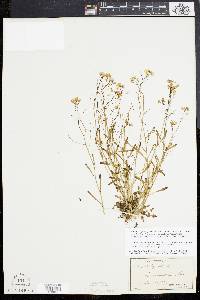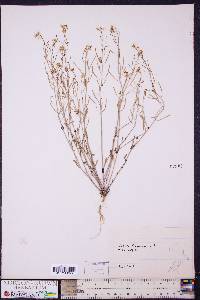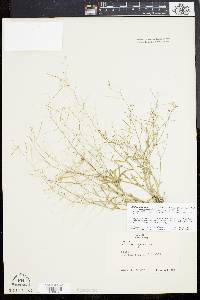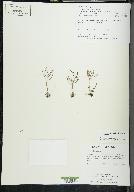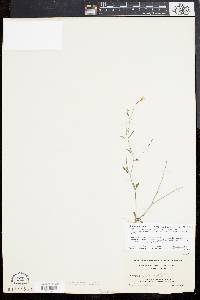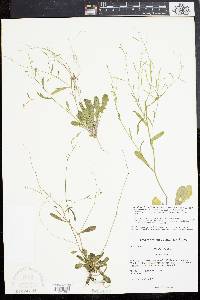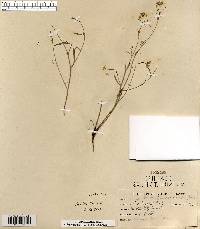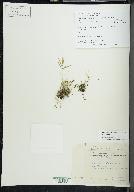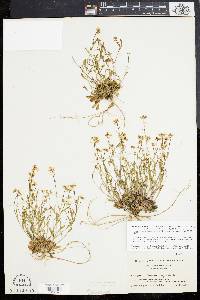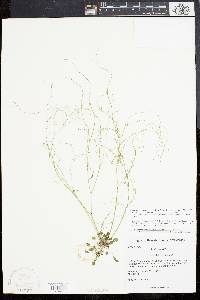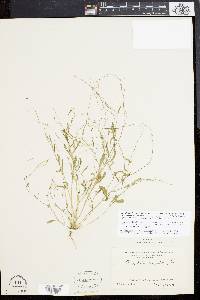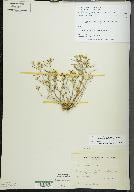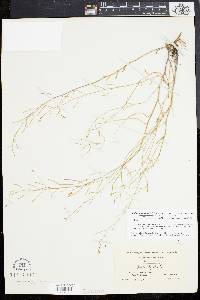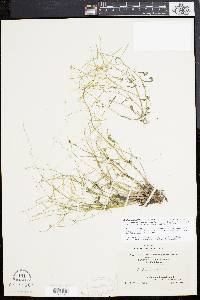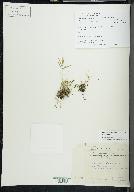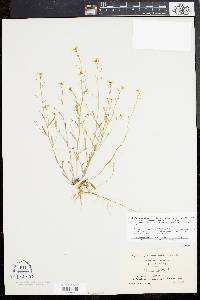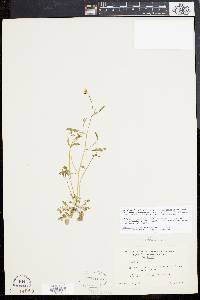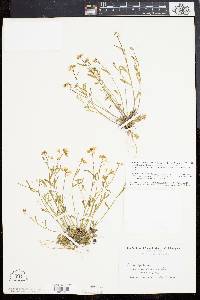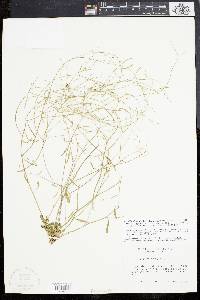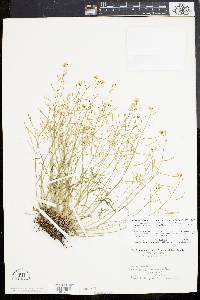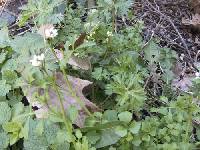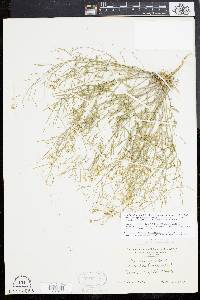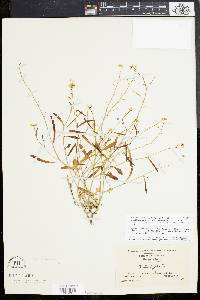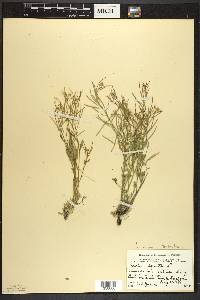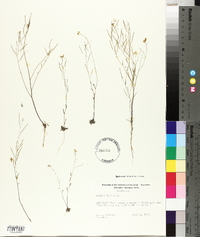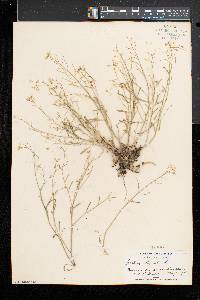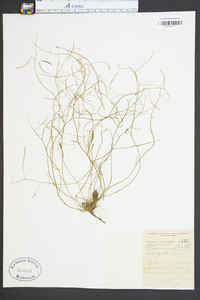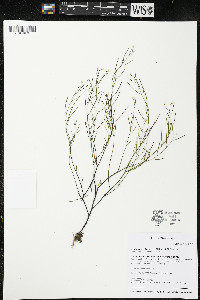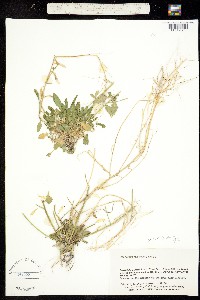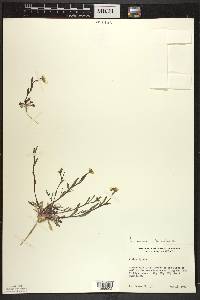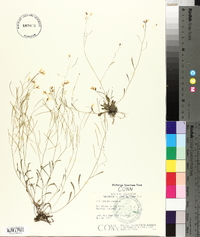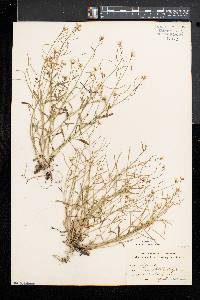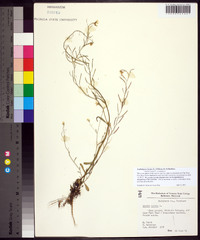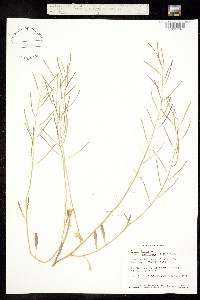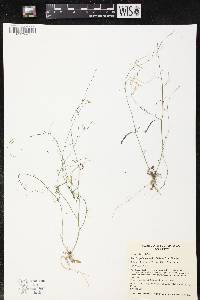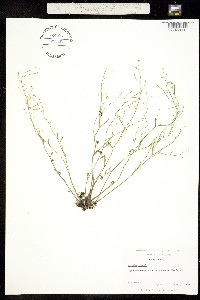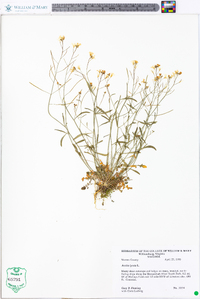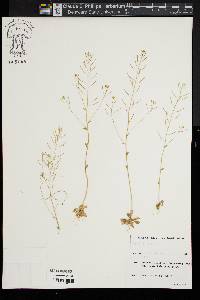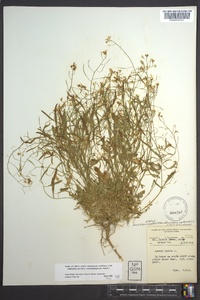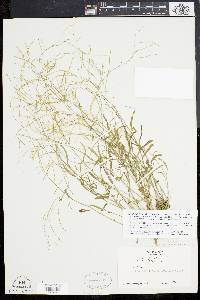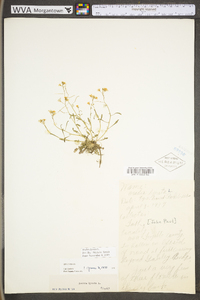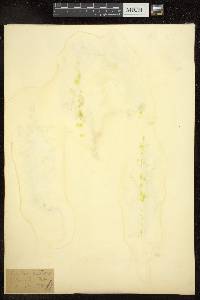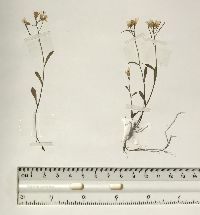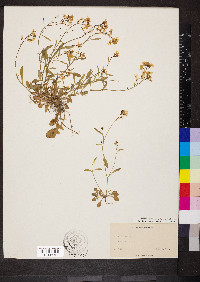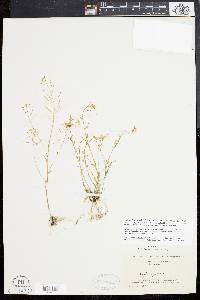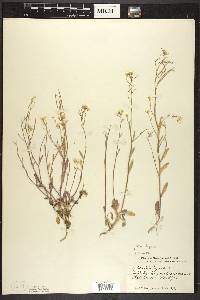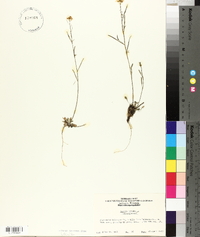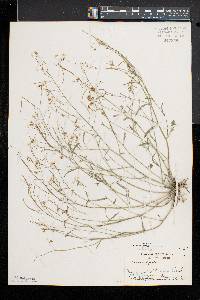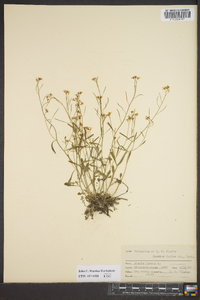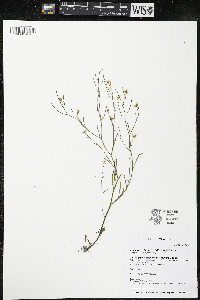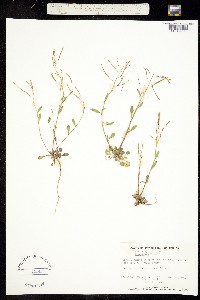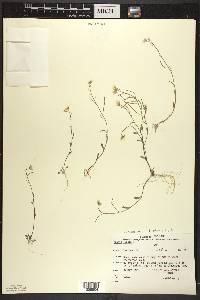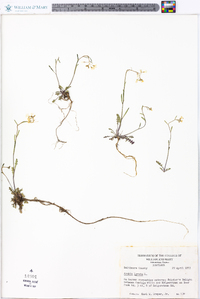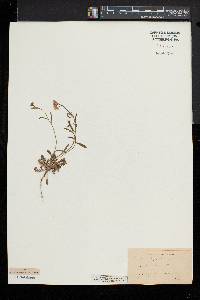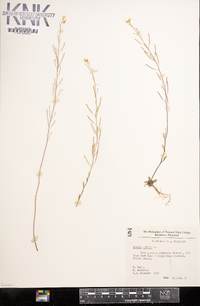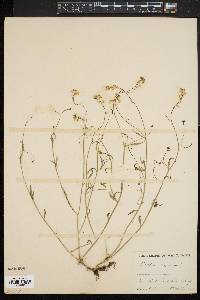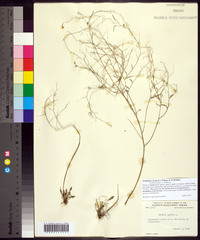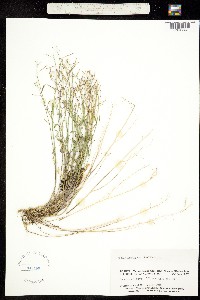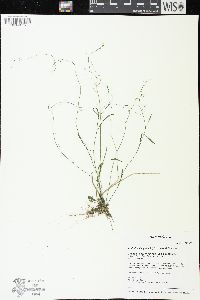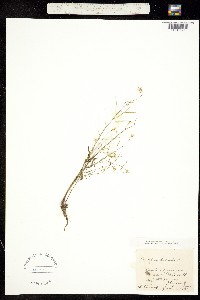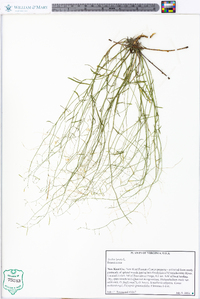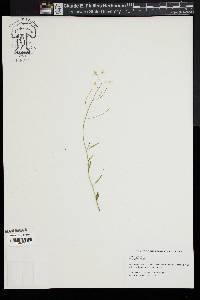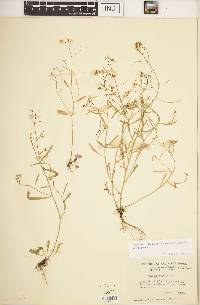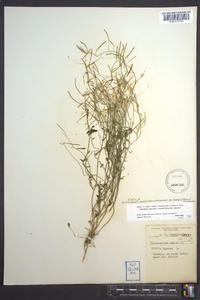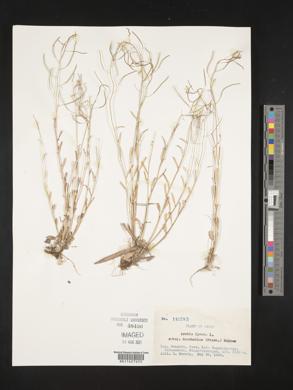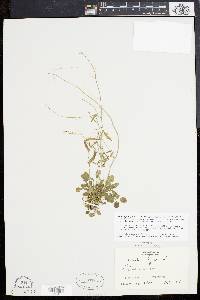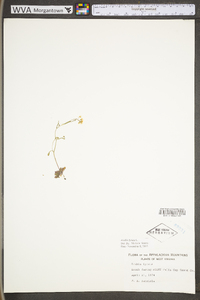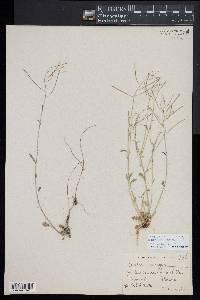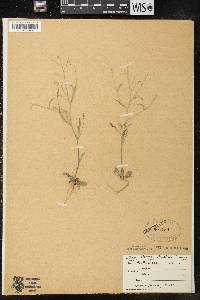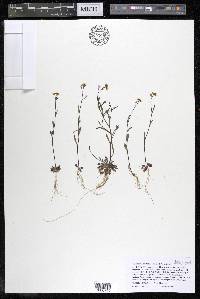Arabidopsis lyrata
|
|
|
|
Family: Brassicaceae
Lyre-Leaf Thalecress, more...Lyrate Rockcress
[Arabis lyrata L., moreArabis lyrata subsp. lyrata , Arabis nubigena] |
Biennials or perennials; (caudex branched or not, sometimes root crown present); glabrous or pubescent, trichomes simple, with stellate, forked, and rayed ones. Stems simple or few to several from base, erect or decumbent, usually branched distally, 0.5-5 dm, pubescent basally, trichomes mixed simple, 1-forked, and (fewer) stellate ones, rarely 3-rayed, glabrous or pubescent apically. Basal leaves: petiole 0.5-6 cm; blade oblanceolate or ovate, 0.5-8.5 cm × 2-18 mm, margins entire, dentate, or lyrate-pinnatifid (when lobed, terminal lobes larger than lateral), apex obtuse, surfaces glabrous or sparsely to densely pubescent. Cauline leaves shortly petiolate or sessile; blade oblanceolate, 0.4-4.2 cm × 1-8(-10) mm (smaller distally), margins usually entire, repand, or obscurely toothed, rarely lobed. Fruiting pedicels divaricate or ascending, 2-15 mm. Flowers: sepals 2-4.5 mm, lateral pair saccate basally, (glabrous or densely pubescent); petals white or purplish, spatulate or obovate, 4-10 × 1.5-4 mm, (claw to 2 mm, toothless); filaments 2-4 mm. Fruits torulose, flattened, (1.5-)2-4.5 cm × 0.8-1.8 mm; valves each with distinct midvein; ovules 24-46 per ovary; style 0-1 mm. Seeds light brown, (flattened), oblong, 0.8-1.4 mm; cotyledons accumbent. Biennial or perennial herb 10 - 40 cm tall Stem: upright or ascending. Flowers: in short, branched clusters (terminal), white or greenish white, 3 - 8 mm long. Petals four, much exceeding the sepals. Stamens six. Fruit: a narrow pod, widely ascending, 2 - 4.5 cm long, 1 mm wide, on a long stalk. Seed 1 mm long, cylindrical to elliptic, wingless. Basal leaves: in a rosette, 2 - 4 cm long, sometimes pinnately lobed. Stem leaves: alternate, linear or narrowly spatula-shaped, base tapering, tip blunt, sometimes with a few short teeth or lobes. Similar species: Arabidopsis lyrata may be confused with A. thaliana, which has shorter flower petals, smaller seeds, and basal leaves with mostly non-toothed margins. Flowering: April to late September Habitat and ecology: Abundant and characteristic plant of the sand dunes in the Chicago Region. Found along Lake Michigan, in sandy Black Oak savannas, and in sandy areas disturbed by human activity. In the northwest sector it occurs sparingly in dry, gravelly prairie remnants. In other parts of its range it can be found growing on cliffs and ledges. Occurence in the Chicago region: native Etymology: Arabidopsis means "resembling Arabis (rock-cress)." Lyrata means "like a lyre," in reference to the shape of the basal leaves. Author: The Morton Arboretum Erect or ascending biennial or perennial, 1-4 dm, branched from the usually hirsute base; basal lvs spatulate, 2-4 cm, entire to pinnately lobed; cauline lvs linear to narrowly spatulate, narrowed to the base, the lowest sometimes with a few short teeth or lobes; pet 3-8 mm; mature pedicels widely ascending, 6-15 mm, the fr continuing about the same direction as the pedicel, 2-4.5 cm נ1 mm, the valves 1-nerved to beyond the middle; seeds oblong to elliptic, wingless, 1 mm; 2n=16, 32. Dry woods and fields, especially in sandy soil; Vt. to Alas., s. to Va., Ky., and Mo., and in the mts. to Ga.; also in e. Asia. May-July. Gleason, Henry A. & Cronquist, Arthur J. 1991. Manual of vascular plants of northeastern United States and adjacent Canada. lxxv + 910 pp. ©The New York Botanical Garden. All rights reserved. Used by permission. From Flora of Indiana (1940) by Charles C. Deam Found in very dry, sandy soil in black oak woods and fallow fields and on open wooded dunes and sandy, roadside knolls. ...... Indiana Coefficient of Conservatism: C = 7 Wetland Indicator Status: FACU Diagnostic Traits: Rosette leaves often pinnately-lobed, to 4 cm long; stem leaves not auriculate; petals 4, white, mostly 5–8 mm long; fruit pods flattened, 2-4.5 cm × 0.8-1.8 mm; seeds ca. 1 mm long. |

